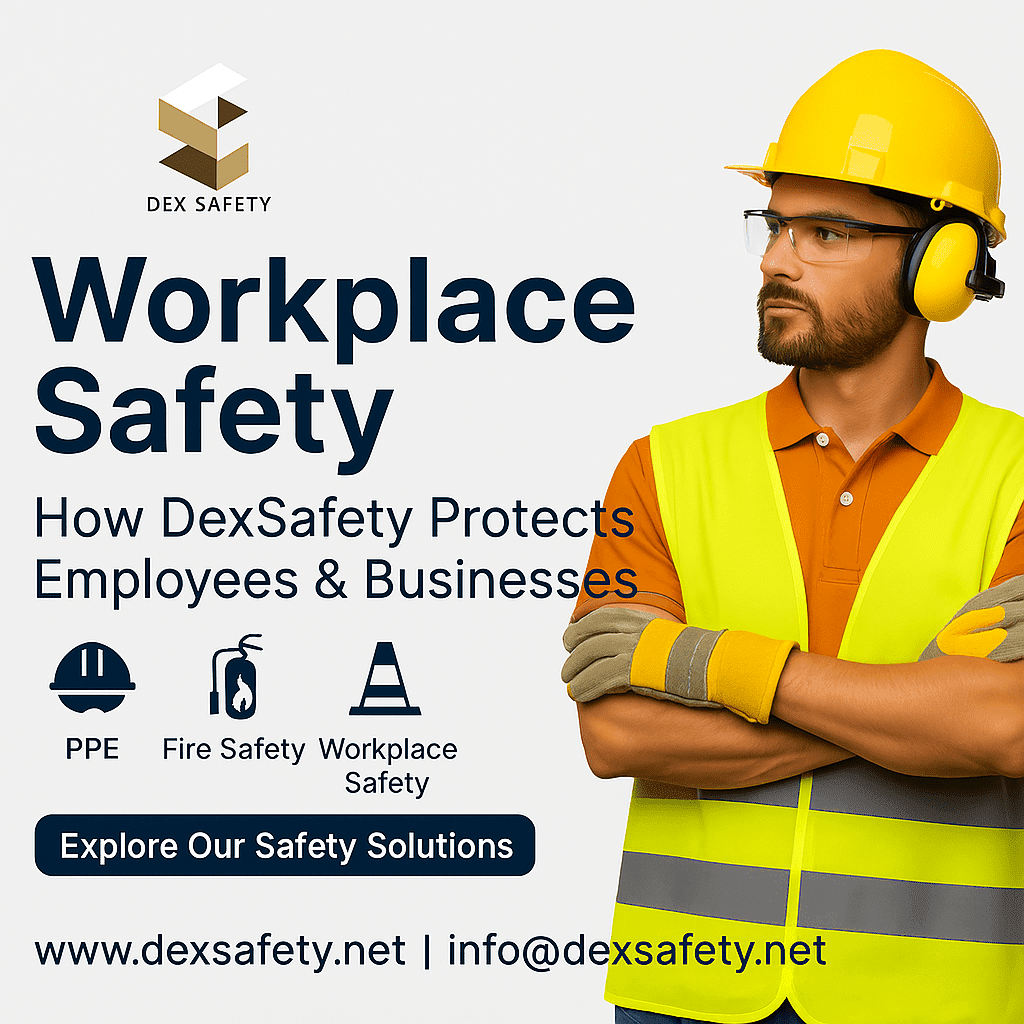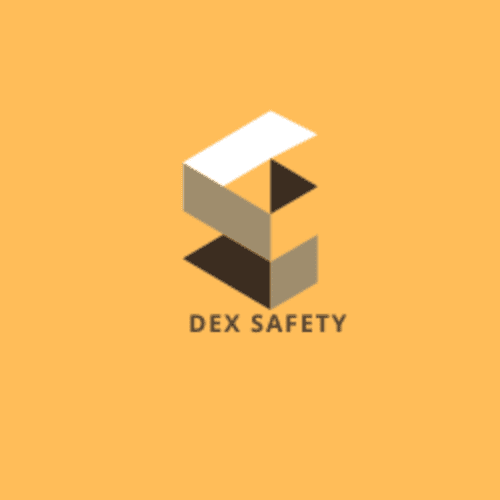
In today’s industrial landscape, site safety is more than a checklist—it’s a culture. Whether you’re managing a construction site, manufacturing unit, or a logistics hub, ensuring a safe working environment is not just a legal requirement but a moral obligation.
At DexSafety, we are committed to providing top-tier CE-certified safety gear that meets international standards and ensures the wellbeing of your workforce. This guide will walk you through the essential aspects of site safety, focusing on prevention, protective equipment, compliance, and best practices.
Why Site Safety Matters
1. Worker Protection
Falls, electrical hazards, chemical exposure, and machinery accidents are some of the most common causes of injuries.
2. Legal Compliance
Failure to comply with site safety regulations can result in heavy fines, site shutdowns, and legal action.
3. Operational Efficiency
Safe sites are productive sites. Minimizing accidents leads to fewer work stoppages, lower absenteeism, and higher morale among workers.
Common Hazards on Construction Sites
- Falls from Heights – rooftops, scaffolds, ladders
- Struck-by Objects – falling tools or materials
- Electrical Hazards – exposed wires or ungrounded systems
- Slips and Trips – wet surfaces or clutter
- Chemical Exposure – solvents, paints, cleaning agents
Core Components of a Site Safety Plan
1. Risk Assessment
Identify all potential hazards on your site and create a safety plan tailored to them.
2. Safety Training
Provide regular training on equipment usage, emergency protocols, and PPE requirements.
3. Use of PPE
Ensure all workers wear the correct PPE for their job, including:
- Safety gloves
- Hard hats
- High-visibility vests
- Steel-toe boots
- Goggles and face shields
- Hearing protection
4. Clear Signage
Use visible signs to indicate danger zones, PPE zones, and emergency exits.
5. Routine Inspections
Schedule site inspections weekly to enforce safety rules and identify new hazards.
6. Incident Reporting
Establish a culture where every incident or near-miss is reported and analyzed.
CE-Certified PPE: Why It Matters
CE certification means the product meets EU safety and quality standards. All PPE from DexSafety is rigorously tested to ensure compliance, durability, and comfort.
Benefits of CE-Certified Gear:
- Legally compliant in international markets
- Trusted protection for workers
- Enhanced safety image for your company
Digital Tools to Improve Site Safety
- Wearable tech to detect fatigue or motion
- Drones for remote inspections
- AI-powered software for safety predictions
- Apps for safety checklists and reporting
CEO’s Message
“At DexSafety, we believe that every worker deserves to return home safely. As a manufacturer of premium safety gloves and PPE, our mission goes beyond just supplying products—we aim to build a safety-first culture in every worksite we touch. With over two decades of experience in supply chain, industrial safety, and manufacturing, we understand the stakes. That’s why we invest in CE-certified materials, rigorous quality testing, and ongoing innovation. Whether you’re a small contractor or a multinational, your safety needs are our priority.”
— Syed Altaf Kazmi, CEO, Desert Expert Traders (Pvt) Ltd / DexSafety.net
Conclusion
Workplace safety is non-negotiable. It requires training, accountability, and the right equipment. With DexSafety’s CE-certified PPE solutions, you get trusted protection for your workforce, better compliance, and peace of mind.
Contact us at info@dexsafety.net or visit www.dexsafety.net to learn more about how we can support your site safety goals.









